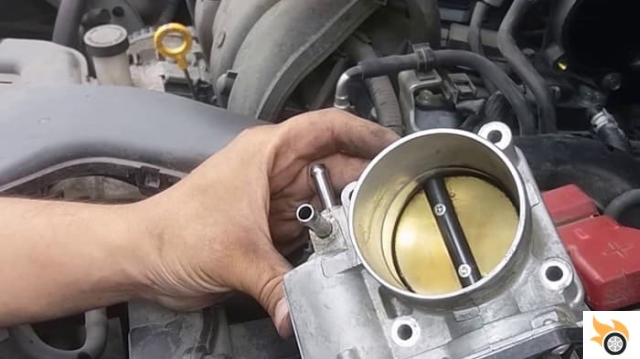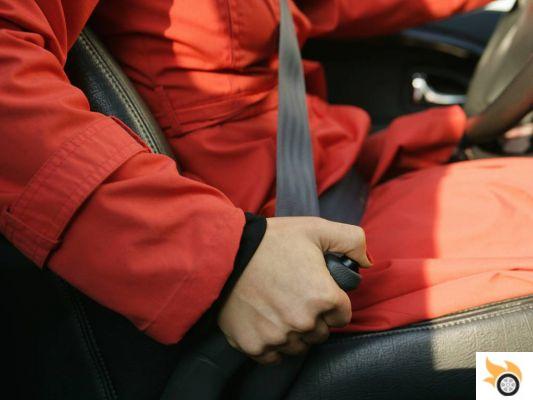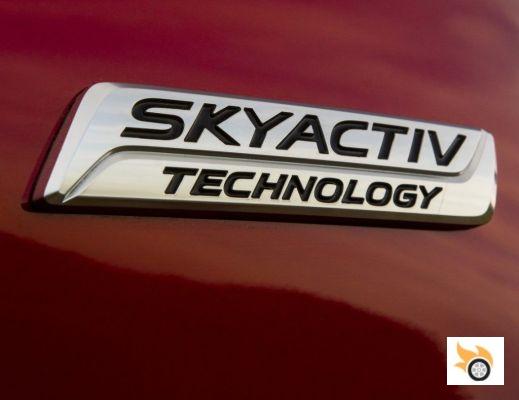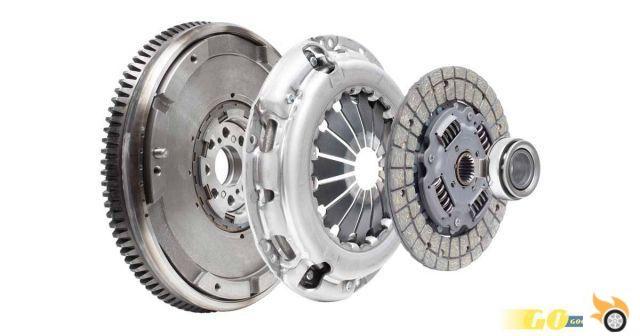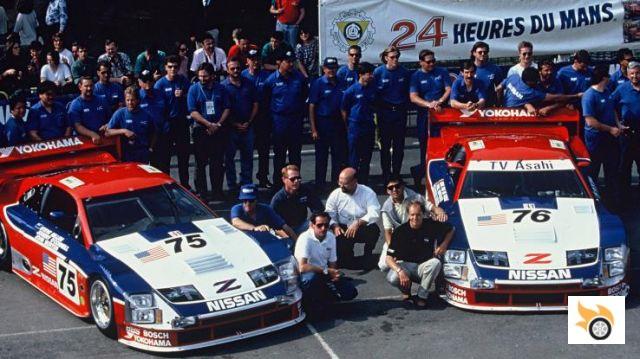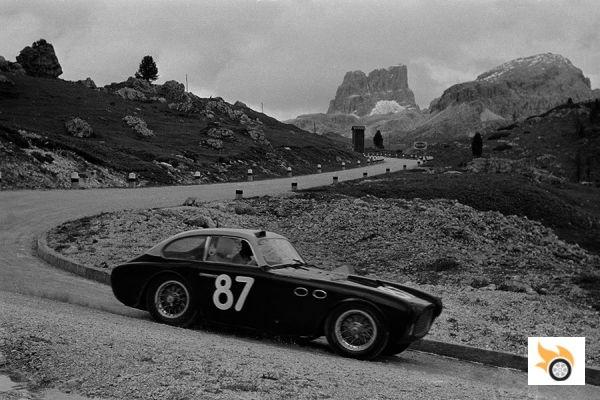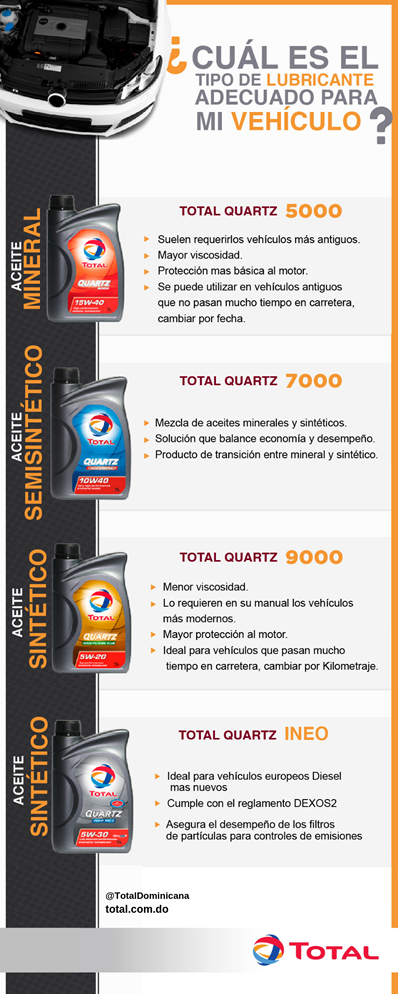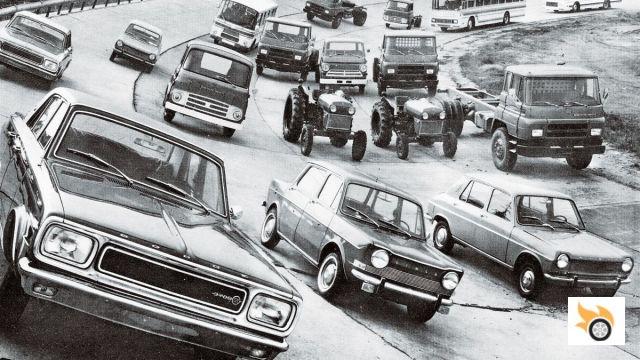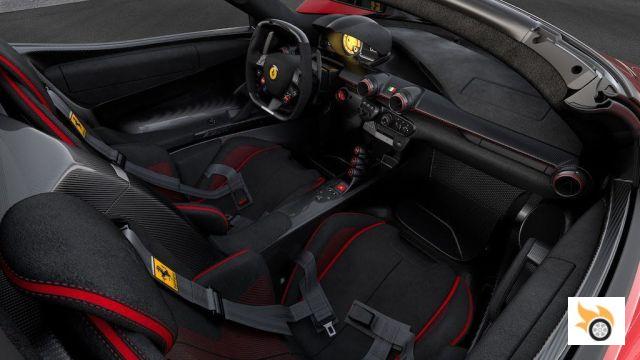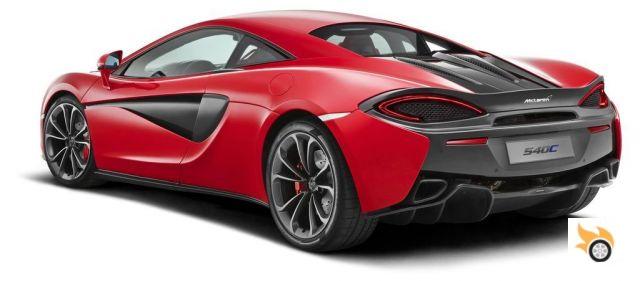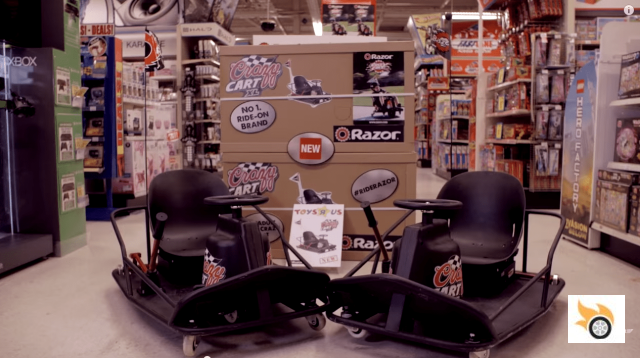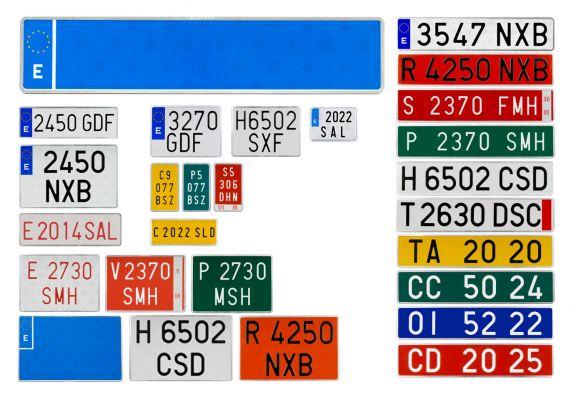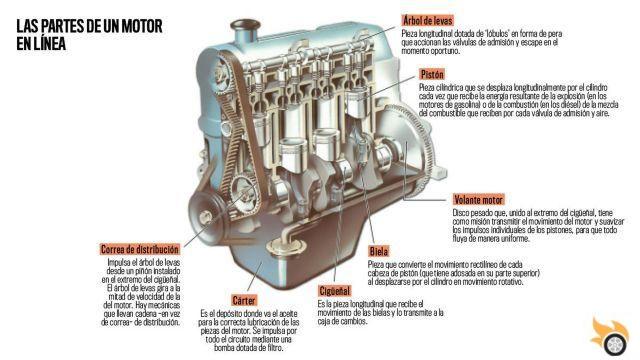
Welcome to Pistonudos.com, where we are passionate about the world of engines and everything related to them. In this article, we are going to talk about the cylinders of an engine, their function and characteristics. We will explore from what the cylinders are to how to repair the possible failures that they may present. Let's get started!
1. What are cylinders and what is their importance in the operation of the engine?
Cylinders are the fundamental parts of an internal combustion engine. They are metal tubes found in the engine block and have a certain diameter and length. Its main function is to house the pistons and allow them to move up and down.
The importance of cylinders lies in the fact that they are responsible for converting the thermal energy generated by combustion into mechanical energy. When fuel burns in the combustion chamber, the pistons move inside the cylinders, thus generating the force necessary to start the engine.
2. Cylinder liners and their role in engine performance
Cylinder liners are metal linings that are placed inside the cylinders. Its main function is to protect cylinders from wear and corrosion, as well as improve engine efficiency.
There are different types of cylinder liners, such as wet liners and dry liners. Wet liners are in direct contact with the coolant, which helps maintain proper engine temperature. On the other hand, dry jackets are not in direct contact with the coolant and depend on lubricating oil to maintain an optimal temperature.
3. Types of cylinders and their characteristics
Regarding the types of cylinders, we can find cast iron cylinders, aluminum cylinders and steel cylinders. Each type has its own characteristics and advantages.
Cast iron cylinders are the most common and are used in most engines. They are durable and wear resistant, but are also heavier than aluminum cylinders.
Aluminum cylinders are lighter and help reduce the overall weight of the engine. In addition, they have better thermal conductivity, which means they heat up and cool down faster. However, they are less resistant to wear than cast iron cylinders.
Finally, steel cylinders are used in high performance engines. They are very resistant and can withstand high temperatures and pressures. However, they are also more expensive to manufacture.
4. Common cylinder failures and how to repair them
Cylinders can present various failures throughout the life of the engine. Some of the most common failures include excessive cylinder wear, the presence of cracks or cracks, and uneven wear.
To repair these failures, it is necessary to carry out a cylinder rectification process. This process consists of machining the cylinders to eliminate any imperfections and return them to their original shape and size. In addition, it is possible to use new cylinder liners to replace damaged ones.
Frequently Asked Questions (FAQs)
1. What is the difference between displacement and horsepower?
Displacement refers to the total volume of all cylinders in an engine. It is measured in cubic centimeters (cc) or liters (L) and is an indicator of the engine's ability to generate power. On the other hand, horsepower (hp) is a measure of the power that the engine can produce. The larger the displacement and horsepower, the greater the power of the engine.
2. What is the relationship between engine torque and cylinders?
Engine torque is a measure of the torque that the engine can generate. It is directly related to the cylinders, since the greater the number of cylinders, the greater the torque. This is because each cylinder contributes to generating force and therefore increasing engine torque.
Conclusion
In short, cylinders are essential components in the operation of an internal combustion engine. Its main function is to convert thermal energy into mechanical energy, thus allowing the engine to start. Cylinder liners protect and improve engine performance, while different types of cylinders offer different features and benefits. In case of failures, it is possible to repair the cylinders through a rectification process. We hope this article has been informative and has resolved all your questions about engine cylinders.
Until next time,
The Pistonudos.com team




